Planning the best 2 weeks in Vietnam can be both exciting and overwhelming. With its rich history, diverse culture, and breathtaking landscapes, Vietnam offers countless experiences that captivate every traveler. From the bustling streets of Hanoi to the serene beaches of Phu Quoc, a carefully crafted itinerary ensures you won’t miss the must-see highlights while still uncovering hidden gems along the way. At Indochina Today Travel, we understand that creating the right journey is about balance—between iconic landmarks and authentic local experiences.
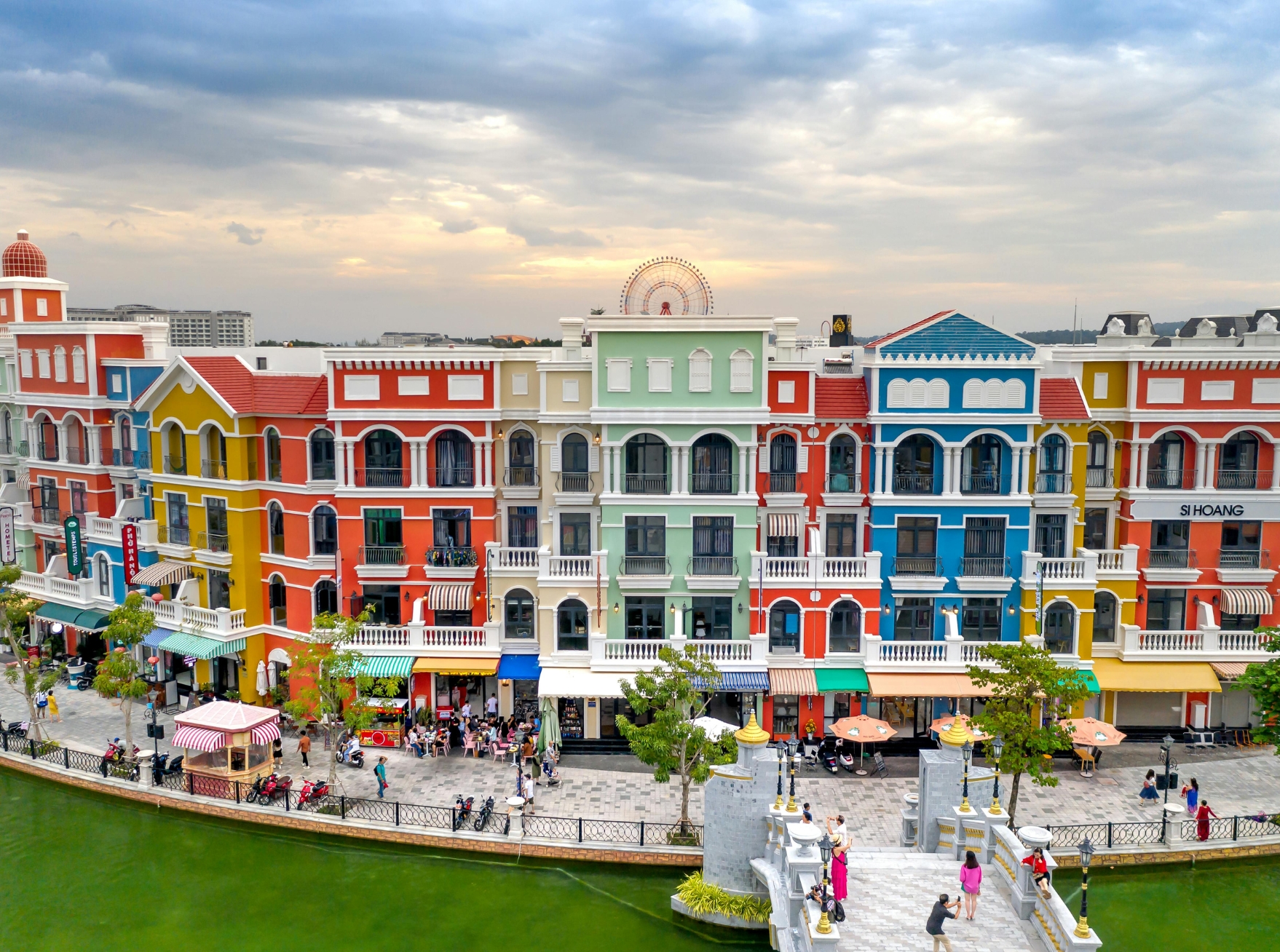
Why Choose Vietnam For A Two-Week Journey
Vietnam is a destination that combines ancient traditions with modern vibrancy. It is a land where colonial architecture coexists with futuristic skyscrapers, and where rice paddies stretch beneath towering limestone karsts. A two-week journey provides just the right amount of time to explore the country from north to south without rushing through key attractions.
Travelers seeking cultural immersion, natural beauty, and culinary adventures will find Vietnam rewarding at every turn. The journey allows you to discover the contrasts between regions: the northern mountains with their terraced fields, the central coast with imperial legacies, and the southern delta with its maze of rivers and floating markets.
For first-time visitors, many often book Vietnam classic tours that cover the most famous highlights. However, adding lesser-known stops creates a personalized adventure that feels both comprehensive and intimate.
Northern Vietnam: History, Culture, And Natural Wonders
Hanoi – The Vibrant Capital
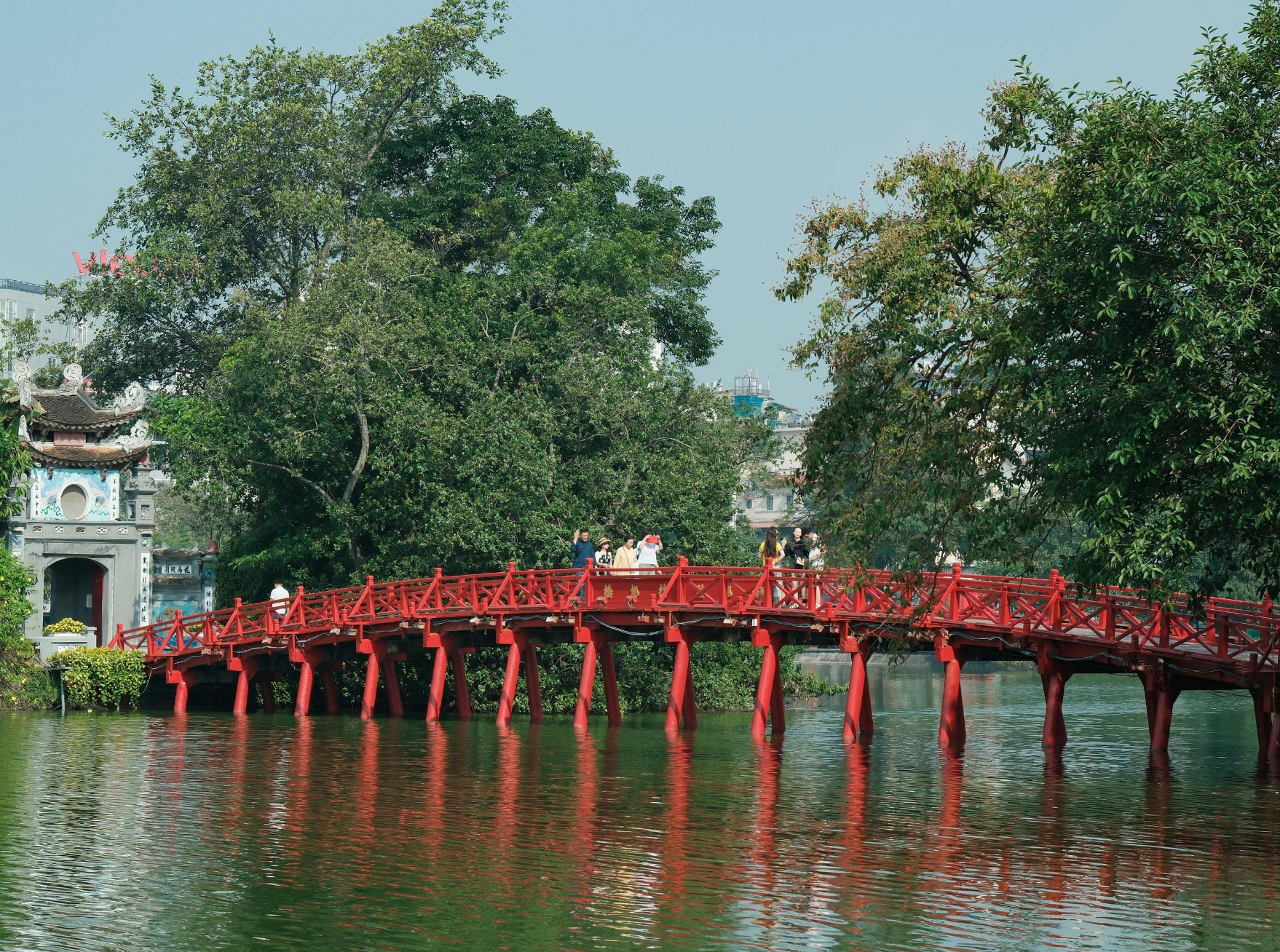
Your journey often begins in Hanoi, the historic heart of the nation. Here, French colonial architecture blends with ancient temples and bustling markets. Strolling through the Old Quarter, travelers encounter a maze of narrow streets named after traditional guilds. Street vendors serve steaming bowls of pho, and tiny coffee shops welcome you with strong Vietnamese drip coffee.
Highlights in Hanoi include Hoan Kiem Lake, the Temple of Literature, and the Ho Chi Minh Mausoleum. Spending at least two days here offers time to absorb the capital’s rhythm while also joining a street food tour to savor authentic dishes.
Ha Long Bay – A Natural Masterpiece
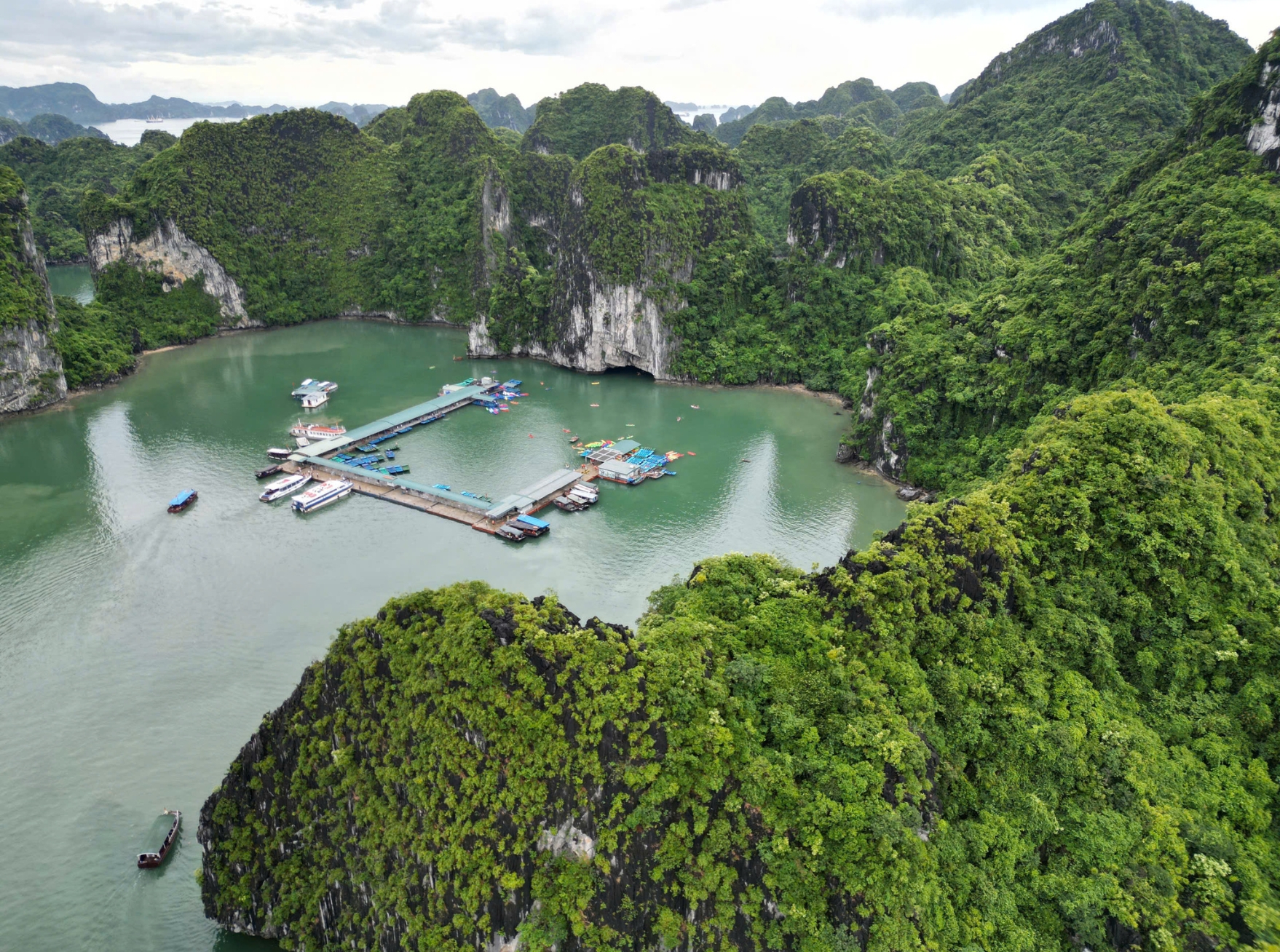
From Hanoi, many travelers embark on an overnight cruise through Ha Long Bay, a UNESCO World Heritage site. Thousands of limestone islands rise dramatically from emerald waters, creating one of the world’s most breathtaking seascapes. Kayaking, cave exploration, and sunset views from the deck make this an unforgettable stop.
While Ha Long Bay is the most famous, nearby Bai Tu Long Bay or Lan Ha Bay offer quieter alternatives. These hidden gems provide the same scenery with fewer crowds, making them ideal for travelers who prefer a more peaceful atmosphere.
Sapa – Mountain Landscapes And Ethnic Villages
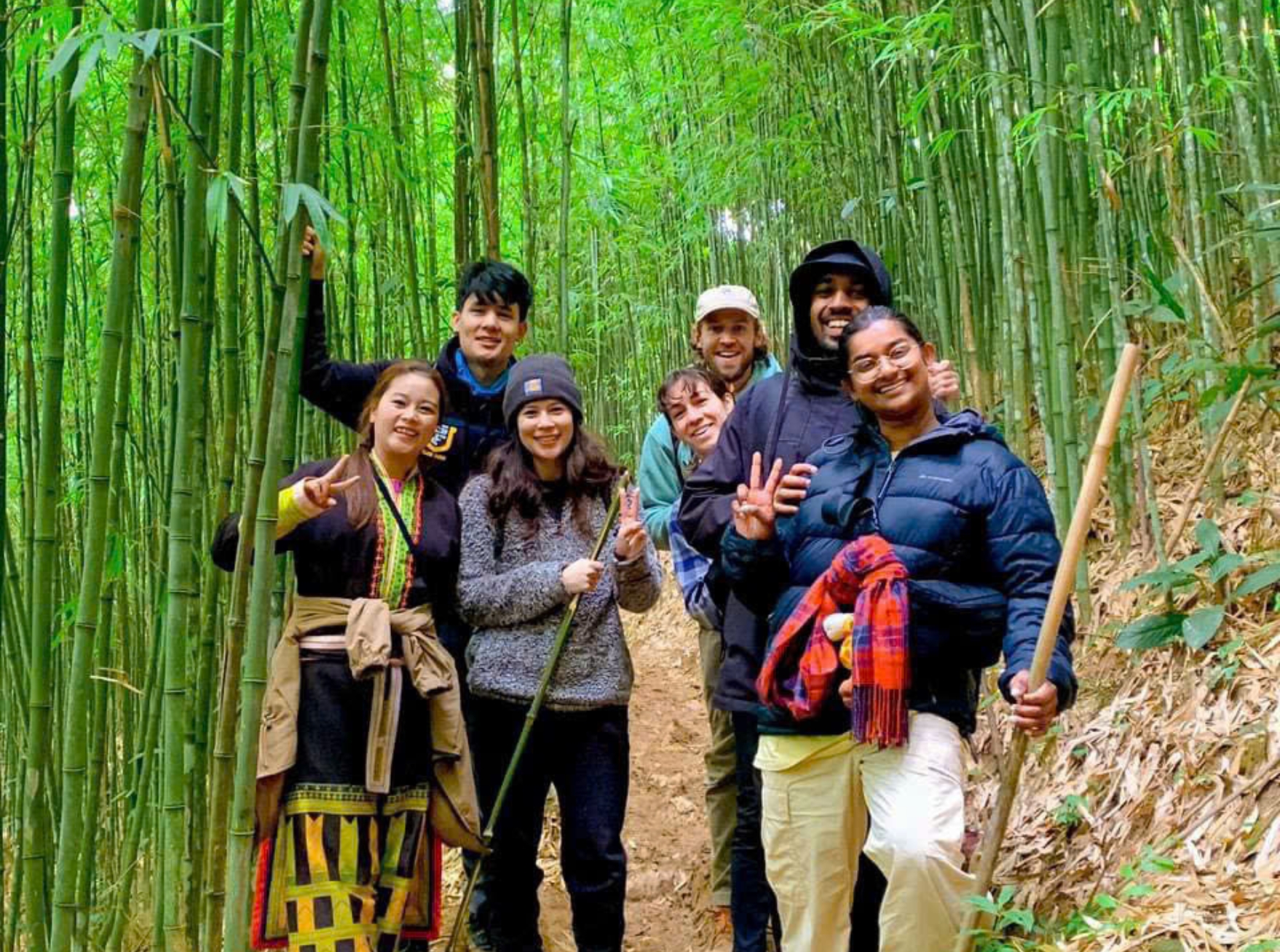
For those who wish to explore the mountains, Sapa offers spectacular rice terraces and unique cultural encounters. Nestled in the northern highlands, this region is home to diverse ethnic minority groups such as the Hmong, Dao, and Tay. Trekking through the villages provides insight into traditional lifestyles, while the dramatic views of Mount Fansipan, the highest peak in Indochina, leave lasting impressions.
Central Vietnam: Ancient Cities And Scenic Coastlines
Hue – The Imperial Heritage
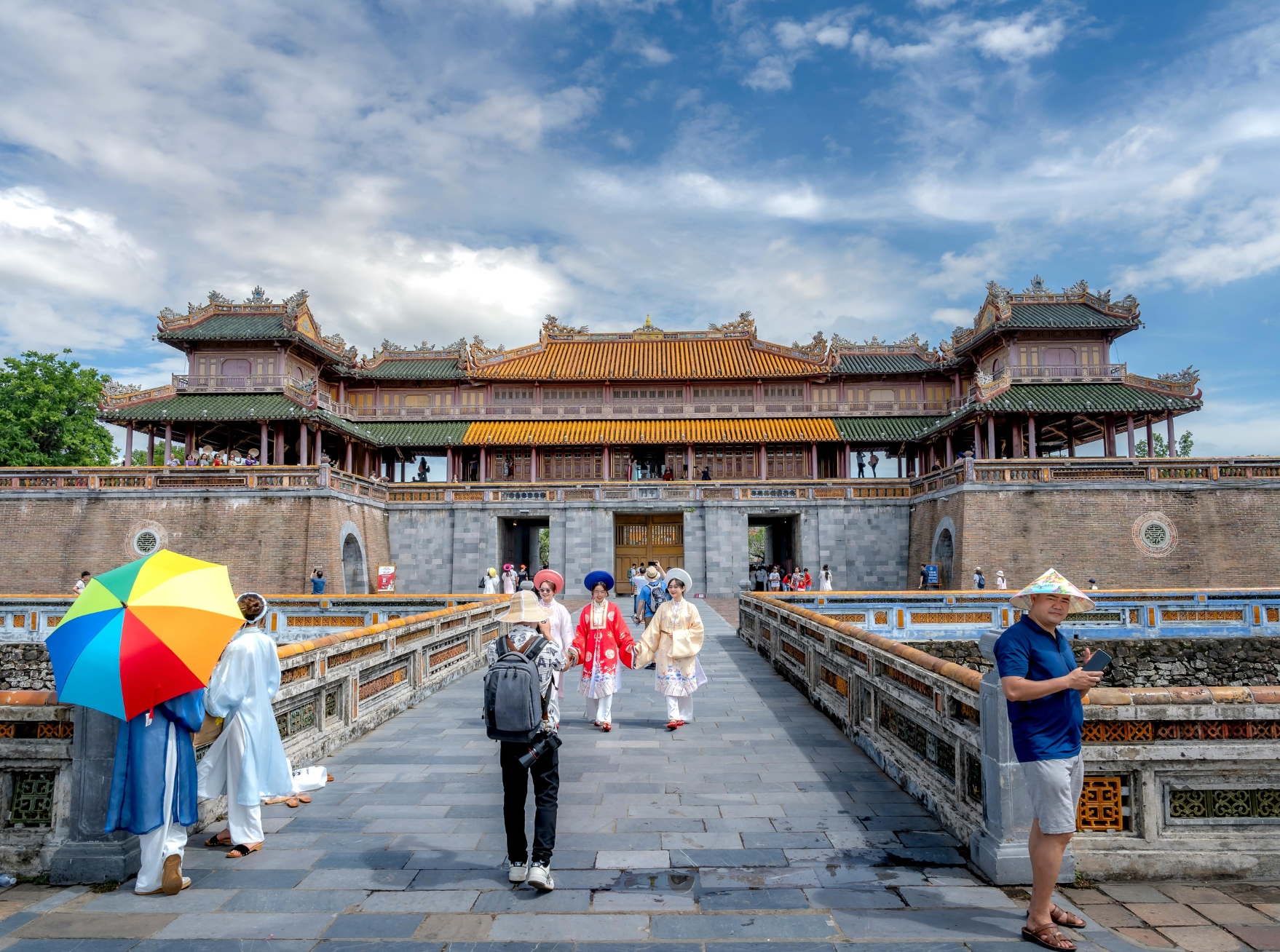
Moving southward, central Vietnam offers a different perspective. Hue, the former imperial capital, is home to the UNESCO-listed Citadel, ancient tombs of emperors, and tranquil pagodas along the Perfume River. History lovers find Hue captivating, as every corner of the city tells stories of dynasties and battles that shaped the nation.
Hoi An – The Lantern-Lit Gem

Just a short drive from Hue, Hoi An enchants visitors with its well-preserved ancient town. Known for its lantern-lit evenings, colorful merchant houses, and riverside charm, Hoi An is often considered the soul of Vietnam. Beyond sightseeing, visitors can take cooking classes, get tailor-made clothing, or cycle to An Bang Beach for relaxation.
Exploring rural Hoi An reveals lush rice paddies, coconut forests, and friendly locals welcoming you into their homes. The town strikes a balance between cultural heritage and leisure, making it a highlight of any two-week trip.
Da Nang – A Modern Coastal City
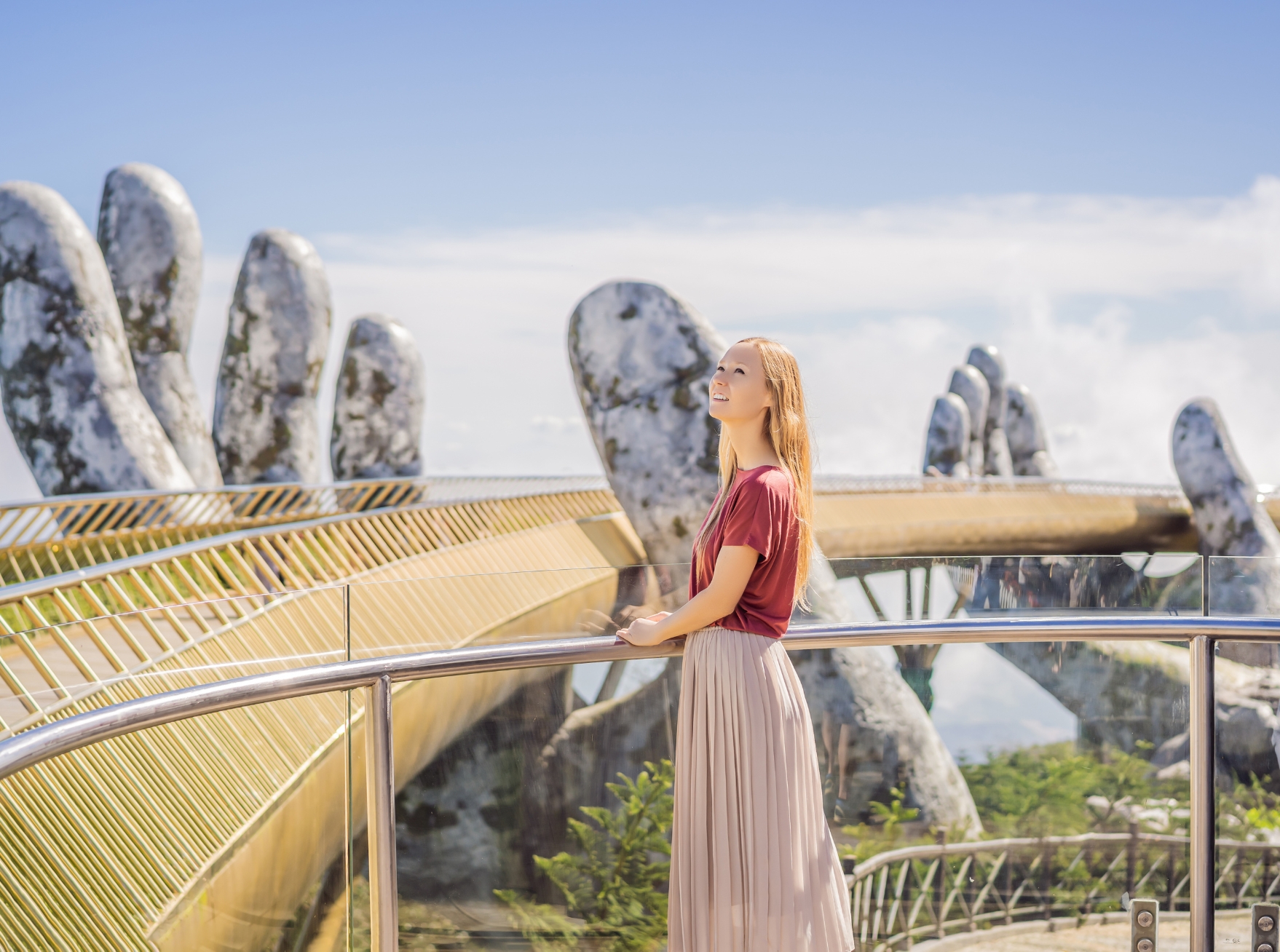
Da Nang, often overshadowed by Hoi An, deserves recognition for its vibrant atmosphere. With long sandy beaches, the Marble Mountains, and the famous Golden Bridge supported by giant stone hands, Da Nang is both modern and scenic. It is also a gateway to My Son Sanctuary, another UNESCO site showcasing the remains of the ancient Cham civilization.
For travelers looking for value, Vietnam cheap tours often include Da Nang as a base to explore both cultural and natural attractions in central Vietnam.
Southern Vietnam: Energy, Culture, And Nature
Ho Chi Minh City – The Modern Metropolis
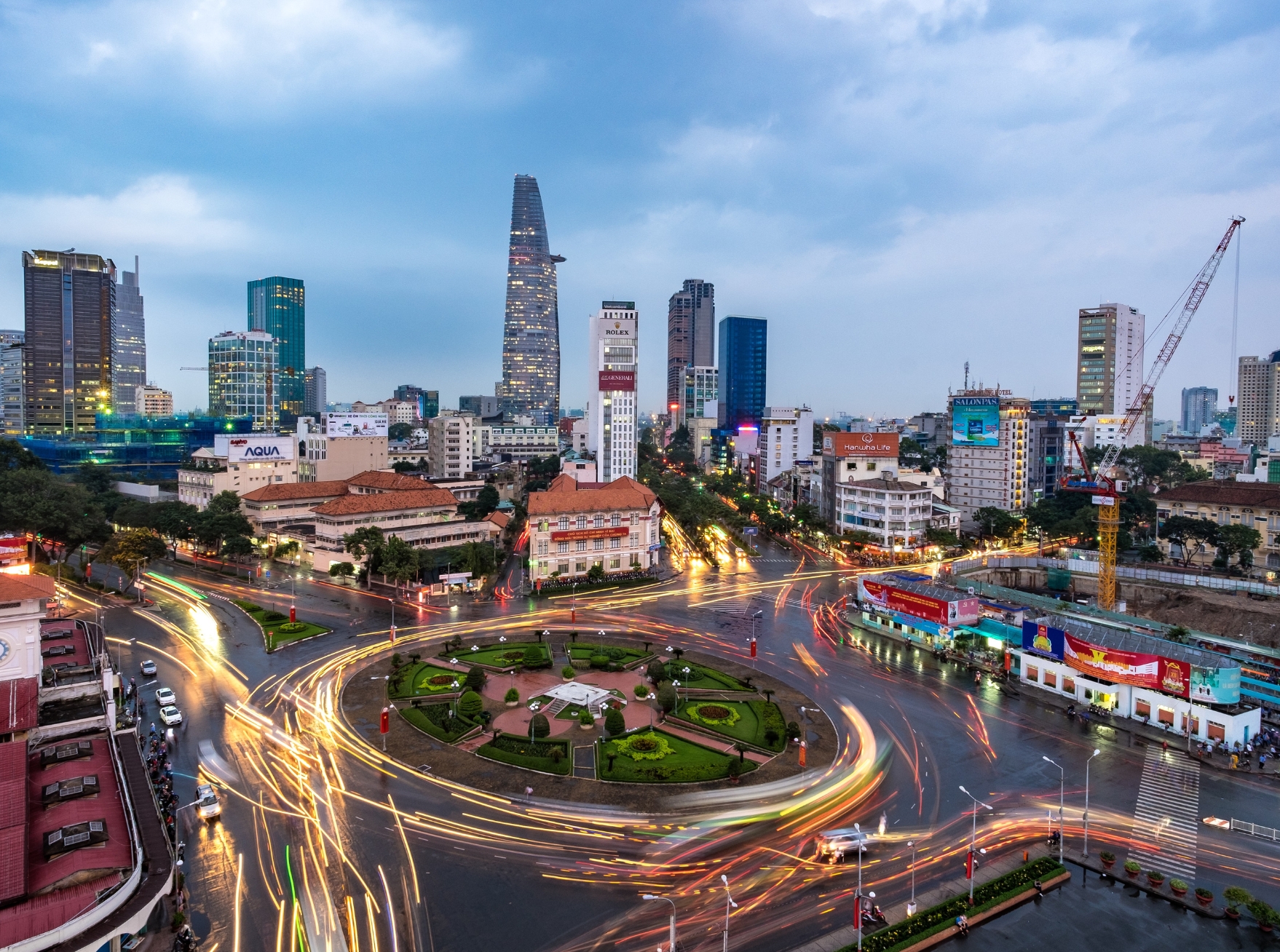
Ho Chi Minh City, formerly known as Saigon, is Vietnam’s bustling southern hub. Skyscrapers dominate the skyline, yet historical landmarks like the War Remnants Museum, Notre-Dame Cathedral Basilica, and Ben Thanh Market reflect the city’s layered past.
The energy of Ho Chi Minh City is contagious. Street food stalls offer everything from banh mi to broken rice dishes, while rooftop bars provide stunning views of the skyline. A city tour balances modern vibrancy with insights into Vietnam’s turbulent history.
Mekong Delta – The Land Of Rivers
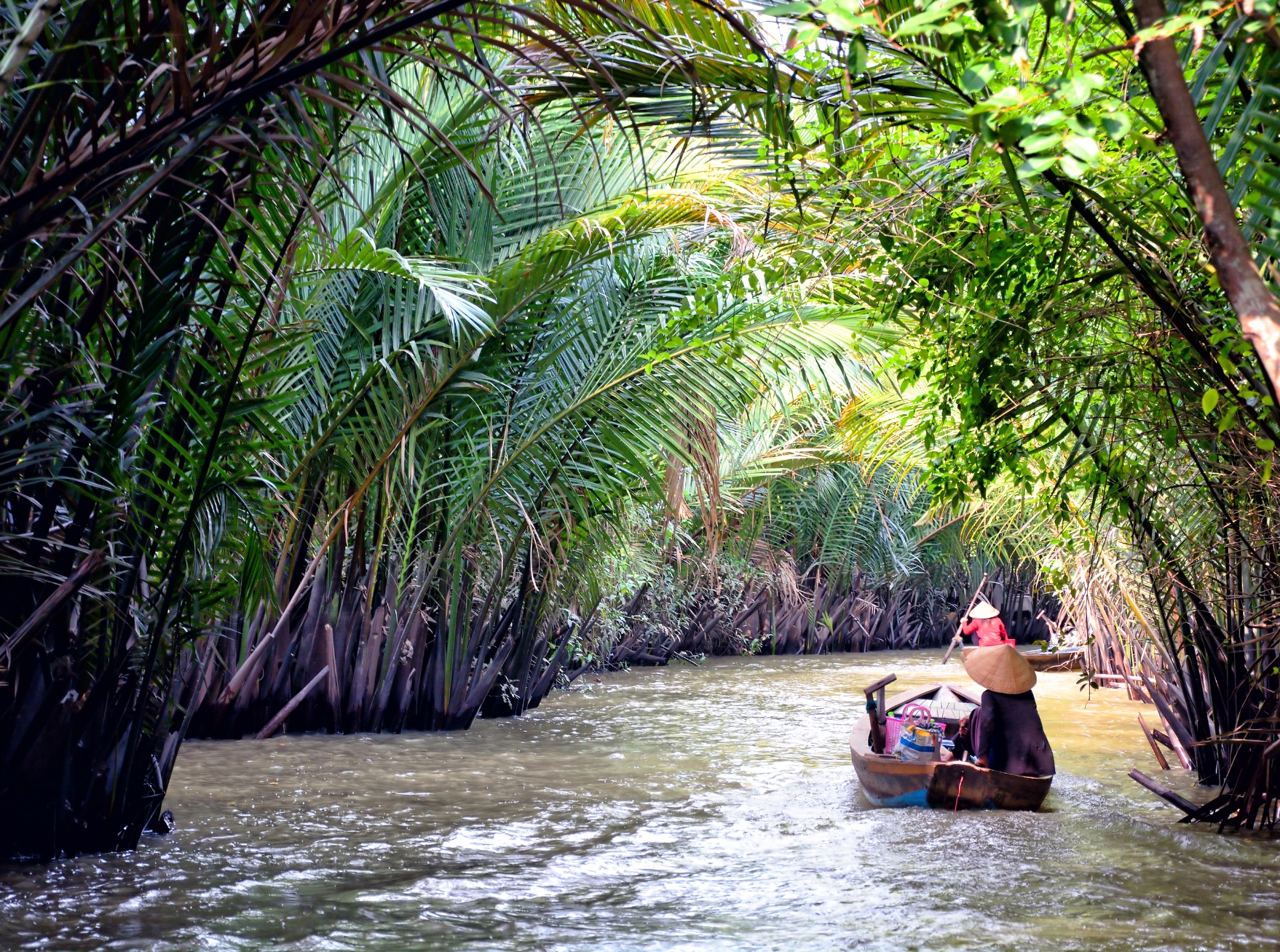
Just a few hours away, the Mekong Delta offers a complete contrast. Known as Vietnam’s rice bowl, this region is a labyrinth of rivers, canals, and floating markets. Cruising through the delta reveals stilt houses, fruit orchards, and the daily rhythm of life on water. Cai Rang Floating Market is a must-see, where vendors sell produce directly from their boats.
Hidden gems include small villages where travelers can sample tropical fruits and interact with local families. The Mekong Delta provides a slower, more authentic pace that balances the intensity of city life.
Suggested Vietnam 2 Weeks Tour Itineraries
Designing the best 2 weeks in Vietnam requires careful planning to balance travel time and experiences. While there are countless options, below are two sample itineraries curated by Indochina Today Travel that blend iconic destinations with hidden gems.
Itinerary 1: Classic North to South Journey
Days 1–2: Hanoi – Explore the Old Quarter, enjoy a street food tour, and watch a water puppet show.
Days 3–4: Ha Long Bay – Overnight cruise with kayaking, cave exploration, and sunset views.
Days 5–6: Sapa – Trekking through rice terraces and ethnic minority villages.
Days 7–8: Hue – Visit the Citadel, royal tombs, and cruise along the Perfume River.
Days 9–10: Hoi An – Wander the lantern-lit town, join a cooking class, and relax at An Bang Beach.
Days 11–12: Da Nang & My Son Sanctuary – Explore the Marble Mountains and Cham ruins.
Days 13–14: Ho Chi Minh City & Mekong Delta – Discover the city’s vibrant life and experience Cai Rang Floating Market.
This route covers most highlights of Vietnam classic tours, offering a well-rounded introduction to the country.
Itinerary 2: Off-The-Beaten-Path Explorer
Days 1–2: Hanoi – Street food experiences and hidden cafés.
Days 3–4: Ninh Binh – Boat ride through Tam Coc and visit ancient Hoa Lu.
Days 5–6: Ha Giang Loop – Dramatic mountain roads and authentic ethnic encounters.
Days 7–8: Phong Nha-Ke Bang – Explore some of the world’s largest caves.
Days 9–10: Hoi An Countryside – Cycling through rice paddies and meeting local farmers.
Days 11–12: Quy Nhon – Quiet beaches and fresh seafood away from mass tourism.
Days 13–14: Mekong Delta Homestay – Stay with a local family and experience delta life firsthand.
This version appeals to those who want to see more of the hidden gems that define authentic Vietnam 2 weeks tour itineraries.

Best Time To Visit Vietnam
When planning the best 2 weeks in Vietnam, choosing the right season is crucial. Because of Vietnam’s diverse geography, weather varies between regions:
North (Hanoi, Ha Long Bay, Sapa): Best from October to April, with cool and dry conditions. Summer months (May–August) can be hot and humid with heavy rains.
Central (Hue, Da Nang, Hoi An): Best from February to August, when it’s warm and mostly dry. The rainy season peaks in October and November.
South (Ho Chi Minh City, Mekong Delta, Phu Quoc): Best from November to April, when it is dry and sunny. May to October brings tropical rains but also lush landscapes.
Overall, spring (March–April) and autumn (September–November) are widely considered the best time to visit Vietnam, offering mild weather across most regions.
Choosing The Right Vietnam Tours Package
Travelers often face the question: should they plan everything independently or book a Vietnam tours package? Both have advantages. Independent travel allows flexibility, but a guided package saves time and ensures logistics are smooth.
At Indochina Today Travel, we customize each Vietnam travel package to suit different travel styles—whether you want a luxury cruise in Ha Long Bay, a trekking adventure in Ha Giang, or a family-friendly journey with cultural workshops.
For budget-conscious travelers, Vietnam cheap tours are also available. These options include shared group tours, affordable accommodations, and local transportation while still maintaining quality experiences.
Meanwhile, curated tour packages to Vietnam offer a stress-free journey. With accommodations, guides, transfers, and entry tickets arranged in advance, travelers simply enjoy the adventure without worrying about details.
Why Travel With Indochina Today Travel
Choosing the right partner for your Vietnam trip is essential. Indochina Today Travel specializes in tailor-made journeys that highlight both Vietnam’s famous landmarks and its lesser-known treasures. Our expertise ensures you spend your best 2 weeks in Vietnam immersed in experiences that match your interests, from culinary explorations to adventure trekking.
We emphasize authentic encounters: cooking with local families, cycling through villages, and engaging with ethnic communities. Our team ensures that every itinerary feels personal and memorable.
Final Travel Tips
Plan Ahead: Popular destinations like Ha Long Bay and Hoi An can book up quickly.
Balance Activities: Mix city tours with relaxation days to avoid travel fatigue.
Local Etiquette: Learn a few Vietnamese phrases; locals appreciate the effort.
Try Everything: Vietnam’s cuisine is diverse, from Hanoi’s pho to Saigon’s banh mi.
Stay Flexible: Weather can be unpredictable, so allow room in your schedule for adjustments.
FAQs
1. Is two weeks enough to see Vietnam?
Yes, two weeks allows travelers to explore Vietnam from north to south, covering key highlights while also experiencing hidden gems. It provides a balanced mix of culture, nature, and relaxation.
2. How much does a Vietnam 2 weeks tour cost?
Costs vary depending on style. Budget-friendly Vietnam cheap tours start at a few hundred dollars, while luxury packages can reach several thousand. Indochina Today Travel designs options for all budgets.
3. Can I customize my Vietnam travel package?
Absolutely. Indochina Today Travel offers tailor-made experiences. Whether you want to focus on history, food, or adventure, your Vietnam travel package can be designed to match your preferences.

